October 14, 2015
Workspace shortage as office to residential rights made permanent 0
 The British Council for Offices (BCO) has warned that the UK needs to avoid a free-for-all following the government’s announcement it is to make permanent the relaxation of planning rules on the conversion of office to residential properties. According to recent BCO research, changes to the Permitted Development Right for office to residential conversion led to over 6 million sq ft of office space in England being converted to residential use in 2014. Some of the most concentrated commercial property markets have been significantly affected by this. In London, office to residential conversions are now occurring at a faster pace than ever before with 2.7 million sq feet of office space lost to residential conversions since May 2013. London Assembly Member Nicky Gavron questioned the decision to extend the scheme saying that it will reduce the availability of affordable workspace required by start-ups and small businesses in the capital.
The British Council for Offices (BCO) has warned that the UK needs to avoid a free-for-all following the government’s announcement it is to make permanent the relaxation of planning rules on the conversion of office to residential properties. According to recent BCO research, changes to the Permitted Development Right for office to residential conversion led to over 6 million sq ft of office space in England being converted to residential use in 2014. Some of the most concentrated commercial property markets have been significantly affected by this. In London, office to residential conversions are now occurring at a faster pace than ever before with 2.7 million sq feet of office space lost to residential conversions since May 2013. London Assembly Member Nicky Gavron questioned the decision to extend the scheme saying that it will reduce the availability of affordable workspace required by start-ups and small businesses in the capital.







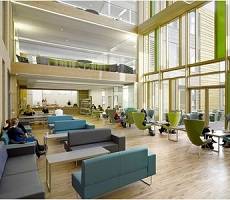

 According to an analysis of the just-released 2014 American Community Survey (ACS) conducted by
According to an analysis of the just-released 2014 American Community Survey (ACS) conducted by 





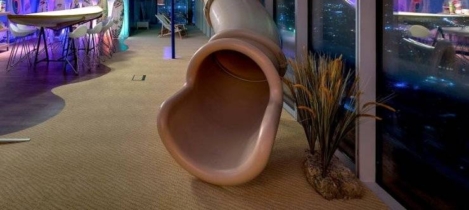
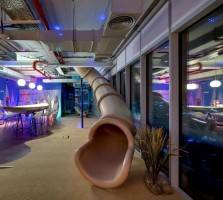

 The recent growth in prime headline office rents has continued across the UK’s regional
The recent growth in prime headline office rents has continued across the UK’s regional 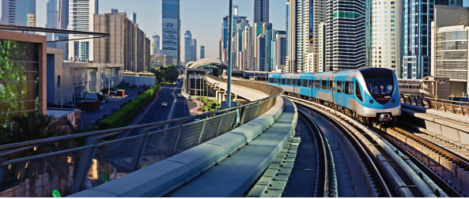
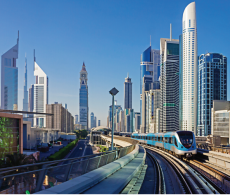 Newly published research
Newly published research










October 26, 2015
An updated green building standard designed to meet wider business objectives 0
by Sue Gregson • Comment, Facilities management, Legal news, Property
(more…)